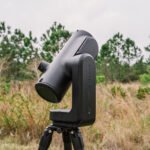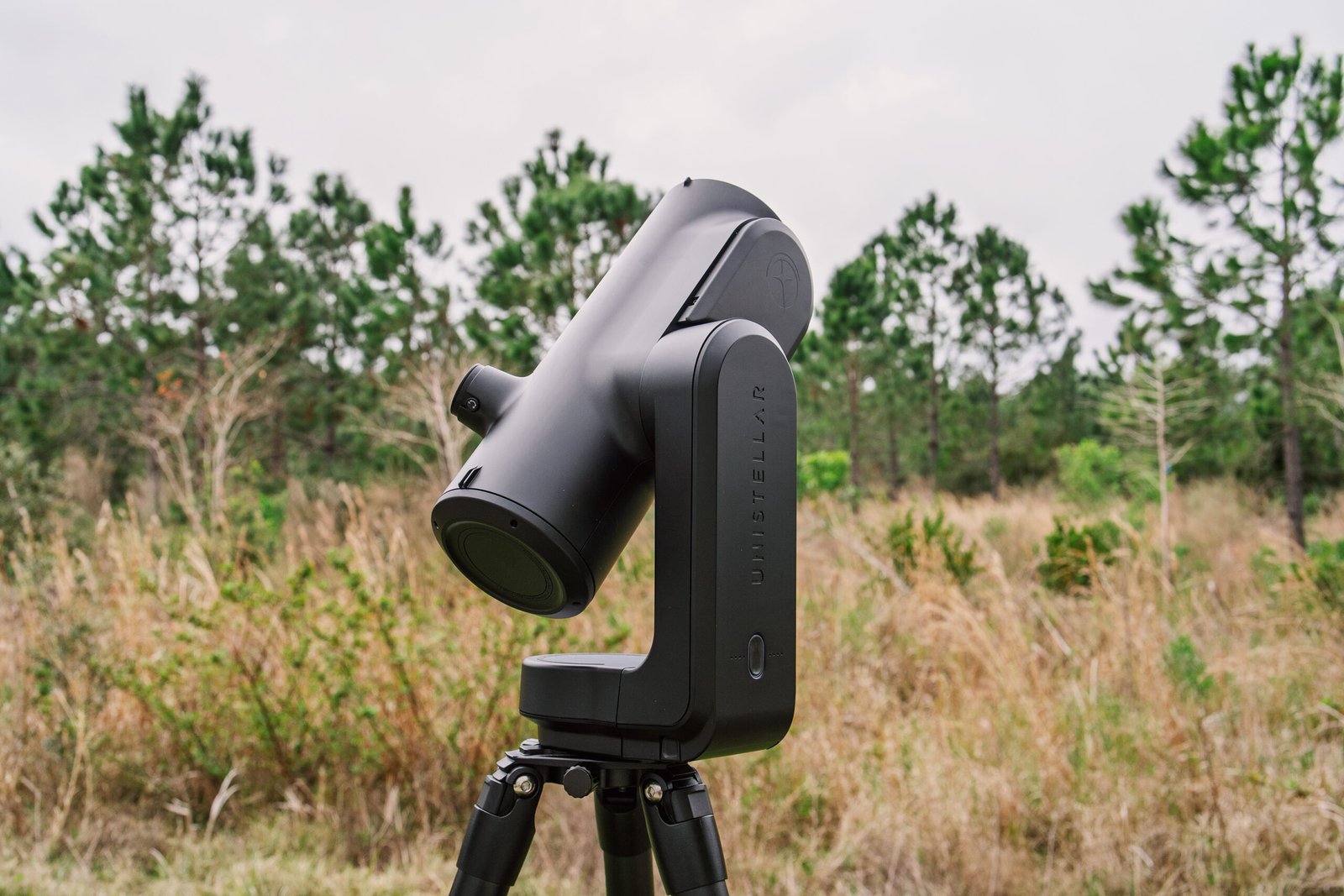Researchers may have unlocked the potential for gravity-free technology. A new study published in Applied Physics Letters highlights how researchers have made huge breakthroughs in magnetic levitation, the use of magnets to cause items to levitate in air for extended amounts of time.
This is also the most common form, and the researchers at the Okinawa Institute of Science and Technology (OIST) are working to create a system that lets graphite levitate over magnets without any outside power sources.
The entire operation relies on diamagnetic materials, which generate a magnetic field, causing them to be pushed away from the magnets. This can allow objects made of diamagnetic materials to float above the magnets using magnetic levitation. It’s the same tech we use in maglev trains, which seem to defy gravity by floating above their tracks.
 Image source: michelmond / Adobe
Image source: michelmond / AdobeThe scientists at OIST set out to create a platform that can both float and oscillate without losing any energy. That means that once it is set in motion, they’d be able to leave it oscillating and floating without any additional power source connected to it. This would essentially create a “frictionless” platform, which could have many new applications.
Tech. Entertainment. Science. Your inbox.
Sign up for the most interesting tech & entertainment news out there.
By signing up, I agree to the Terms of Use and have reviewed the Privacy Notice.
But there are a few things they need to overcome first. Most notable is the limiting factor of “eddy dampening,” which happens whenever an oscillating system loses energy over time because of external forces. Even if the scientists can decrease the eddy dampening, they still have to minimize kinetic energy in the magnetic levitating platform.
If they are able to lower the energy level needed for the oscillating platform, then the small, floating platform would be sensitive enough to act as a sensor. And, if they can cool its motion, they’ll be able to create new options for taking precise measurements.











